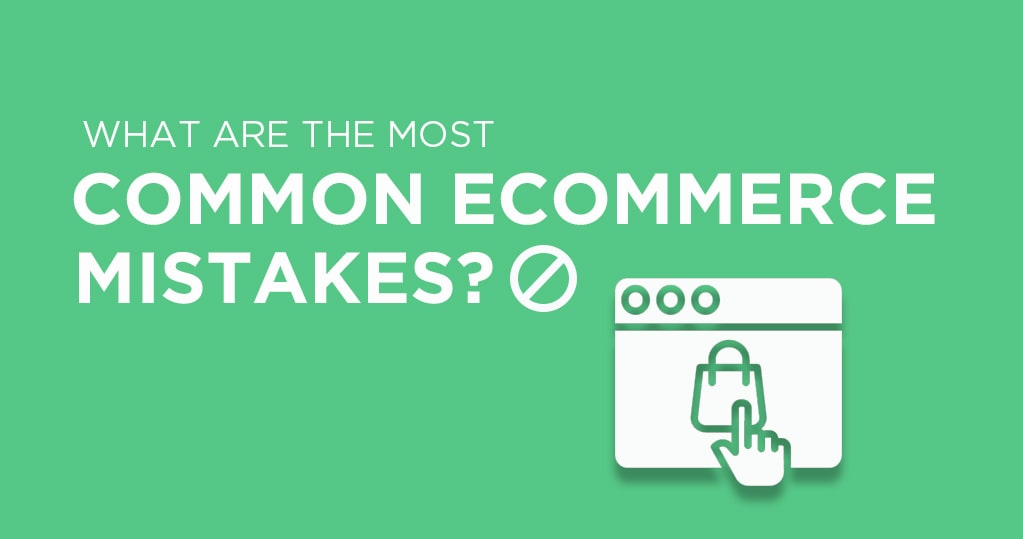These days, many entrepreneurs have turned to eCommerce as a way to earn money from home. While this certainly can be an option, and some go on to find high levels of success, you will find that most struggle as it is so competitive. You also see people making the same mistakes when it comes to eCommerce, which can make it challenging for these stores to find any kind of success. Avoiding these mistakes will lay the foundation for success and hopefully help you to start competing at a high level. Keep reading to find out about these mistakes and why they must be avoided.
Lack Of Planning
One of the most common mistakes is a lack of planning. You wouldn’t start a regular business without market research and a business plan, but for some reason, these are steps often skipped when starting an online store. It is very hard to succeed if you do not know anything about the industry, your competitors, and your target customer, which is why you need to spend time planning the business before getting set up.
Selling Niche Products/Too Broad
The products that you sell will have an enormous bearing on your success. It is common for people to sell products that are too niche (often a personal passion), which will make it very hard to find any kind of success. Alternatively, people will look to see what products are trending and then try to sell all of these in their store. This is too broad, and instead, you need to have a theme for your store that is selling some products that are in demand. A good example is a health and fitness store that sells exercise clothing and equipment.
Not Seeking Expert Advice
Selling on platforms like Amazon is not easy, but there are experts that people can use which can transform their business. Despite this, most try to go it alone and struggle to attract and retain customers. Instead, you should work with Amazon seller consultants like https://nuancedmedia.com/amazon-seller-consultant/.
Ryan Flannagan is the Founder & CEO of NuancedMedia, an international eCommerce marketing agency specializing in Amazon. Nuanced have sold 100s of Millions online, and Ryan has built a client base representing a total revenue of 1.5 billion dollars. Ryan is a published author and has been quoted by a number of media sources such as BuzzFeed and Modern Retail. To connect with Ryan, check out @Ryanflannagan on Twitter or via LinkedIn.
Unresponsive Customer Service
Another common mistake is being unresponsive when it comes to customer service. If someone has a question about your store or products, they will not wait around for a day or two for a response when there are so many other options available. You can avoid this by using a chatbot as well as responding to emails and social media messages as quickly as possible to increase conversions and build a better reputation.
If you avoid these mistakes, then you will put yourself in a good position to find eCommerce success and compete at a high level.
Not investing in security
While every new business owner, especially in the early stages, must keep an eye on their expenses, security should be viewed as an investment rather than a cost. Financial fraud, phishing schemes, and corrupted links are just a few of the ways fraudsters attack.
It’s a matter of “when, not if,” your online store will be targeted in some way, and failing to have the proper protection in place can be disastrous.
Lack of payment options
A lack of payment options is an unneeded barrier for your customers, similar to the importance of a guest checkout option. Anything that slows us down is an inconvenience in this age of rapid actions.
If you don’t accept a potential customer’s chosen payment method, they’ll go – no one wants to create a new account only to place an order with you.
Fortunately, this is a simple problem to solve. If you’re using a standard CMS, you should already have support for different payment methods (and if you were still on the fence, add this to the list of reasons for not building your own CMS).

